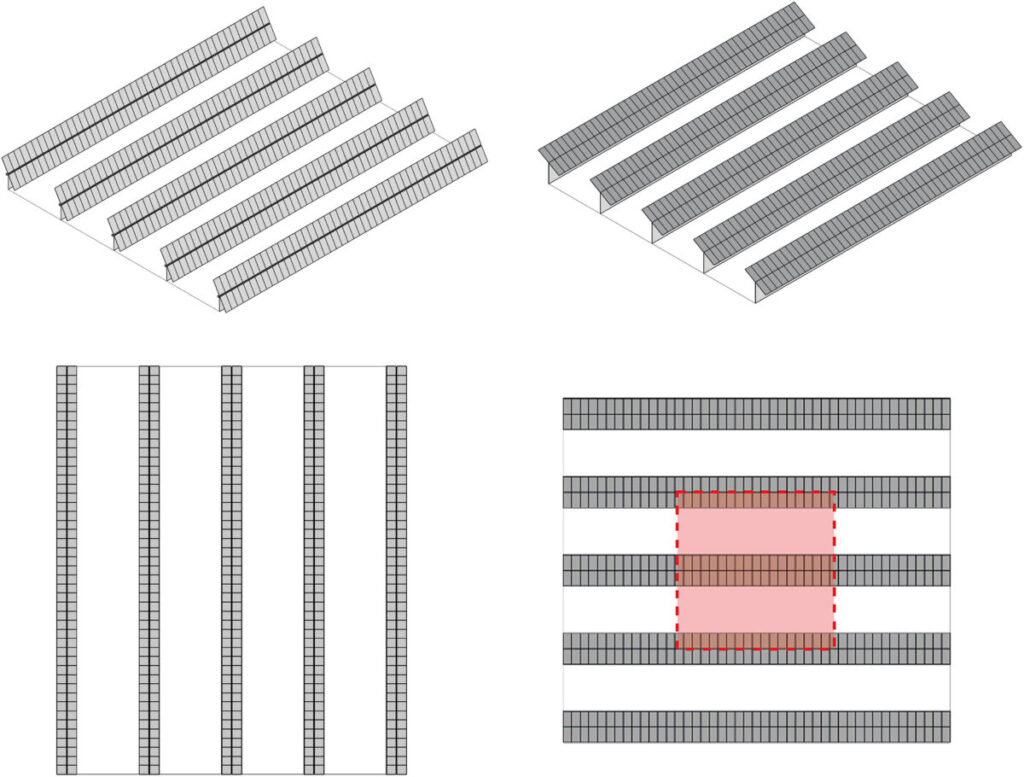Researchers in Italy have conceived new Agrivoltaic modeling for Agrivoltaics that comprises crop yield curves for several crops. As soon as the electricity production from the PV modules has also been assessed, the performance statistics for the Agrivoltaic system as a whole are obtained.
A group of researchers from the Polytechnic University of Milan and Italian Consultancy Vector Renewables has developed an extensive simulation framework for optimizing agrivoltaic systems in open-field configurations.
This integrated approach makes the simultaneous analysis of the crucial design parameters possible, which influence both the crop and energy performance, in contrast to earlier studies investigating these elements separately, ”said the corresponding author of the research, Andrea di Zio, said PV -Magazine. “By varying such parameters with a sensitivity analysis, 60 system configurations are investigated, with either fixed tilt structures or tracking with one axis. We have also considered different module orientations, as well as different ground cover ratios (GCRs) from 0.2 to 0.6, heights of the land from 0.5 m to 2.5 m, crop controls and types. “
The researchers explained that the proposed modeling framework is already used on a large scale by the industry, but that it was refined by adding crop yield curves for several crops under Agrivoltaic systems. It can compare several crops with analyzing whether they are shadow supply, shadow tolerant or shadow sensitive.
“From the energy source, the distribution of solar radiation is assessed with an advanced device with the help of jet tracing techniques to calculate the spatial distribution of solar radiation, not only on the PV modules, but also, crucial, on ground level, where crops are planted,” emphasized Di Zio. “This precise assessment is of vital importance for the accurate determination of the shadow patterns created by the PV system on the underlying crops.
Building on this assessment of the irradiation, the shadow patterns that arise in the frame are included to model the reaction of crops. The availability of the light and restriction limits of the country as a result of the different designs of the Agrivoltaic system are taken into account to estimate the yield of the crops for various crops, in particular SLA, Traap and corn.
As soon as the electricity production from the PV modules has also been assessed, the performance statistics for the Agrivoltaic system as a whole are obtained. “Our findings show that the ground productivity values that are evaluated via the country -equivalent ratio (LER) in most configurations are well above the unity value, which shows the possibility of greater efficiency of double land use above single land use when design practices are adapted to the new requirements of the system,” concluded di Zio.
The framework was introduced in the newspaper “Optimization of agrivoltaic systems: an extensive analysis of design, crop productivity and energy performance in open-field configurations“Which was recently published in Applied energy. “This research is intended to contribute to the development of standardized design practices and decision supporting tools for agrivoltaic systems, to support their broader acceptance as a sustainable solution for land use,” said the academics.
This content is protected by copyright and may not be reused. If you want to work with us and reuse part of our content, please contact: editors@pv-magazine.com.

